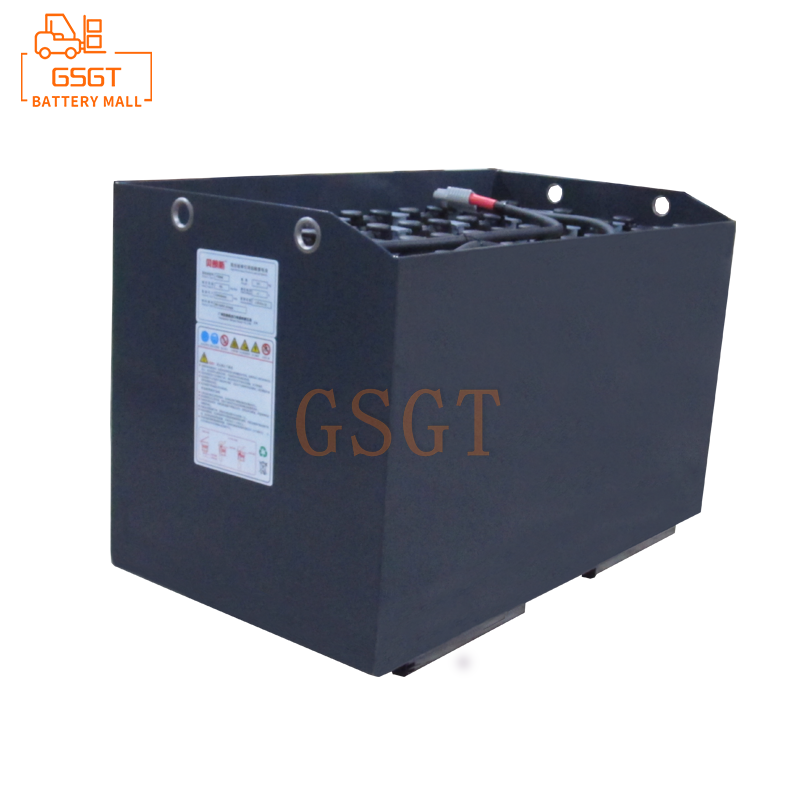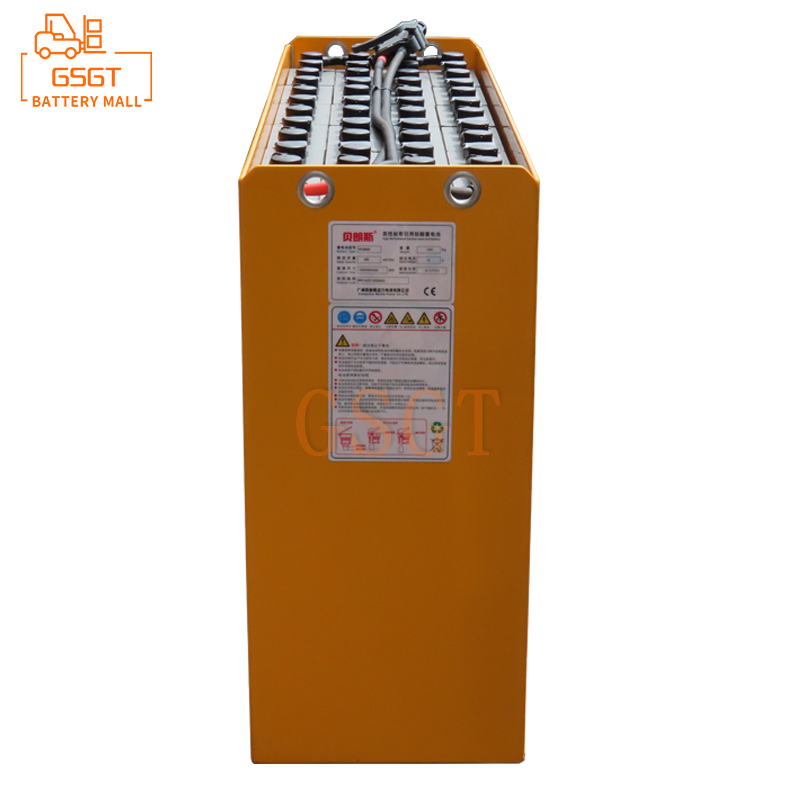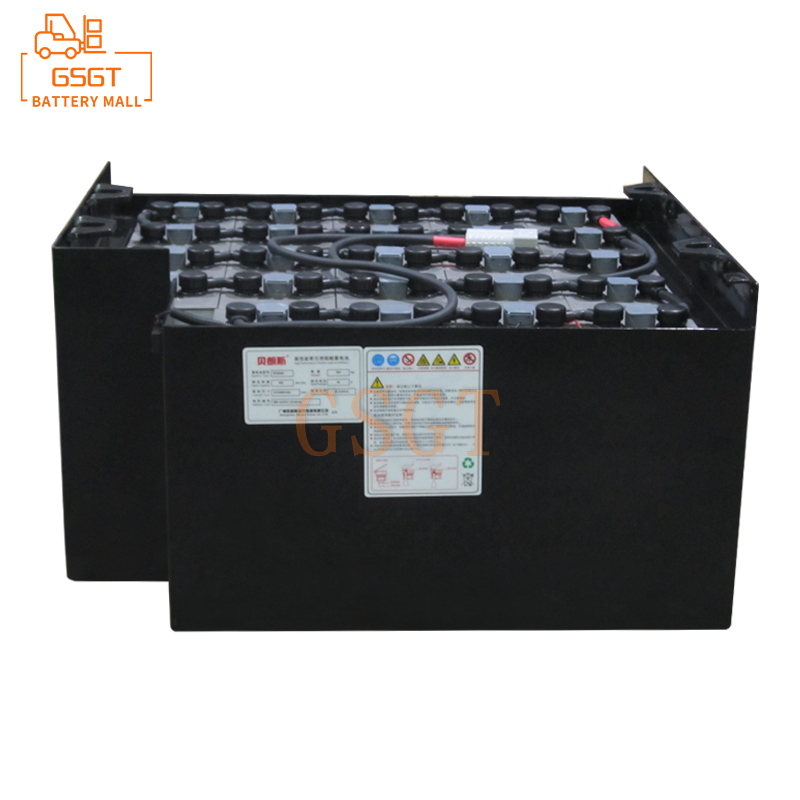Time:2025-03-13 10:45:16
Browse:336
In the grand landscape of energy storage, lithium-ion batteries often become the focus of attention for their high energy density and long cycle life. In contrast, lead-acid batteries seem to be a little bleak, becoming synonymous with "ancient" and "traditional" in people's eyes. However, through this layer of cognitive fog, in-depth exploration will find that lead-acid batteries not only play an irreplaceable role in many subtle aspects of daily life, but also continue to break through in the wave of technological innovation, showing strong vitality and new vitality.
## "Invisible guards" in the corner of life
In the trivial scenes of daily life, lead-acid batteries are like a low-key "invisible guard", quietly guaranteeing the normal operation of all kinds of equipment and providing convenience and stability for people's lives.
In the field of electric bicycles, lead-acid batteries are called "elder level" contributors. In the early morning, office workers ride electric vehicles equipped with lead-acid batteries to shuttle through the streets and alleys to start a busy day. This kind of battery cost is relatively low, mature and stable technology, can provide sufficient power for electric vehicles, to meet the needs of urban commuting short distance travel. Even in today's lithium battery gradually penetrated the market environment, lead-acid batteries because of their cost-effective advantages, still occupy half of the electric bicycle battery market. Many middle-aged and elderly people are more inclined to choose electric vehicles equipped with lead-acid batteries, because its maintenance is simple, the replacement cost is not high, even if the power is insufficient, in the street repair shop can easily solve the charging or replacement problem.
Home emergency lighting equipment is also an important application of lead-acid batteries. When night falls, there is a sudden power outage, and the emergency lights flash on to disperse the darkness. Behind this, it is the lead acid battery that plays a role at a critical moment. It can provide stable power support for lamps in a short period of time, and ensure the safety of family members in the dark. This kind of emergency lighting equipment is widely used in ordinary families, schools, hospitals and other places, and has become a necessary equipment to deal with sudden power failure. In some remote areas, the power supply is unstable, and lead-acid batteries are "reliable partners" for home lighting, providing basic security for daily life.
Then look at the automotive field, although the car starting battery is gradually transitioning to lithium-ion batteries, but lead-acid batteries in traditional fuel vehicles still dominate. Every time you press the start button of the car, the engine can be successfully ignited and started, and the support of the lead acid battery is inseparable from the instant release of strong current. When the car engine is not started, the power supply of electronic equipment such as the sound system and lights in the car also relies on lead-acid batteries. Moreover, the lead-acid battery has a certain tolerance to high temperature and low temperature environments, and can work better under different climatic conditions to ensure the normal use of the car, which is also an important reason why it is difficult to be quickly replaced in the field of automotive startup batteries.
## Break through barriers: the road to technological advancement of lead-acid batteries
In the face of increasingly fierce competition in the field of energy storage and increasingly stringent environmental requirements, lead-acid batteries have not stood still, but actively engaged in technology research and development, and achieved a series of remarkable breakthroughs.
In terms of material innovation, researchers have significantly improved the performance of batteries by improving lead alloys. The traditional lead-acid battery plate mainly uses lead-antimony alloy, but antimony element is easy to cause hydrogen evolution in the battery charging and discharging process, resulting in water loss of the battery and reducing the battery life. Nowadays, new lead-calcium alloys and lead-tin alloys are widely used. Taking lead-calcium alloy as an example, it can effectively inhibit the hydrogen evolution reaction, improve the gas recombination efficiency of the battery, reduce the electrolyte consumption, and thus extend the service life of the battery. The lead-tin alloy plate used in some high-end lead-acid batteries enhances the corrosion resistance of the plate while improving the conductivity of the battery, making the battery more stable in the charge and discharge cycle, and the cycle life is greatly improved.
The upgrading of the manufacturing process has also injected new vitality into the lead-acid battery. Automated and refined production technology has become the development trend of the industry. In the plate manufacturing process, the advanced continuous casting and rolling technology replaces the traditional manual casting process, which can produce a plate with a more uniform thickness and a more dense structure, greatly improving the utilization rate of active substances on the plate, and thus improving the capacity and charge-discharge performance of the battery. In the battery assembly process, the high-precision automation equipment ensures the consistency and accuracy of the polar group assembly, reducing the battery performance differences caused by assembly errors. In addition, improvements in the sealing process have made maintenance-free lead-acid batteries mainstream in the market. Through the use of special safety valve design and sealing materials, effectively prevent electrolyte leakage and acid fog escape, not only reduce maintenance costs, but also improve the safety and environmental protection of battery use.
The introduction of a battery management system (BMS) has made lead-acid batteries a tiger. During the use of traditional lead-acid batteries, due to the lack of effective monitoring and management, it is easy to appear overcharge, overdischarge and other problems, which seriously affect the battery life. Today, advanced BMS can monitor the battery's voltage, current, temperature and other parameters in real time, and precisely control the battery's charging and discharging process based on these data. When the battery voltage is too high or too low, the BMS will adjust the charging or discharging current in time to avoid overcharging and overdischarging. When the battery temperature is too high, the BMS will activate the cooling device to ensure that the battery works within the appropriate temperature range. This intelligent management system greatly improves the safety and reliability of lead-acid batteries, so that they can run stably in complex and varied application scenarios.
Lead-acid batteries, the "veteran" in the field of energy storage, are re-shining with their deep roots in daily applications and continuous technological breakthroughs. It not only plays an indispensable role in the current life, but also wins a place for itself in the blueprint for the diversified development of future energy, showing unlimited development potential.

$3075

$3810

$3265

$1270

MESSAGE
Professional And Efficient
Security
Affordable Price
Professional Services